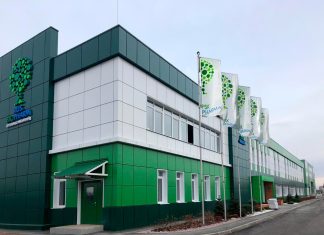According to the National Veterinary Association, the increase in prices for the main types of raw materials for veterinary drugs and packaging materials in March-October ranged from 20 to 250%. This is reported by “Veterinariia i Zhizn”.
For instance, N-methyl-2-pyrrolidone rose in price by 250%, 2-pyrrolidinnone by 206%, ascorbic acid by 147%, formic acid by 91%, acetic acid by 89%, citric acid by 68%, amoxicillin trihydrate by 59%, 1,2-propylene glycol by 49%, thiamulin hydrogen fumarate by 47%, lactic acid by 41%, doxycycline cyclate by 34%, florfenicol by 31%, propionic acid by 29%, lincomycin hydrochloride by 23%.
“The global rise in raw material prices is due to measures introduced by the Chinese government: strict regulation of emissions into the environment, licensing regulation, as well as restrictions on electricity and coal consumption in some provinces on the eve of the Winter Olympics in order to reduce environmental pollution. China, the largest producer of pharmaceutical raw materials, sets the trend of price growth for all producers in the world,” explained Alexander Isaev, Executive Director of the National Veterinary Association.
According to him, due to the measures taken by China, manufacturers have begun to reduce or stop manufacturing pharmaceutical substances and excipients for the production of veterinary drugs.
“A huge shortage appeared, there are long waiting lists now, and, as a result, an increase in prices. First of all, this affected companies that produce raw materials according to the international GMP standard (Good Manufacturing Practice), which guarantees the quality, safety and stability of their product,” the head of the association said.
He also reported an “unprecedented increase in logistics costs.” Manufacturers have to face a number of logistical problems now. These include a lack of containers, months-long queues at ports for unloading, and unbalanced global consumption. Because of this, tariffs for sea and rail transportation have increased 4-10 times (depending on the direction).
As Aleksander Isaev added, suppliers and manufacturers believe that the prices will continue to grow at least until May 2022. The situation is likely to change for the better after the Olympic Games, when some restrictions in China will be lifted.




